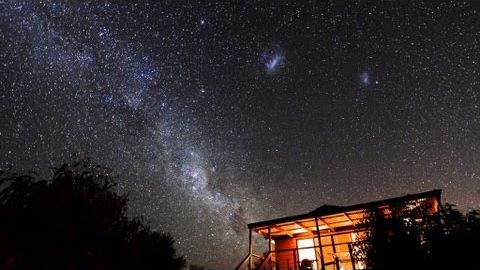南方的天空和南方的十字架--60個符號 (Southern Skies and Southern Cross - Sixty Symbols)
 沒有此條件下的單字
沒有此條件下的單字US /prɪˈtɛnd/
・
UK /prɪ'tend/
- v.t./i.假裝;裝做
- adj.虛假的
- n. (c./u.)假裝
US /məˈdʒɔrɪti, -ˈdʒɑr-/
・
UK /mə'dʒɒrətɪ/
- n. (c./u.)大多數 ; 過半數 ; 大半;成年;多數黨;多數票
US /ˈstrʌk.tʃɚ/
・
UK /ˈstrʌk.tʃə/
- n. (c./u.)結構;建築物
- v.t.構成;組織
US /ædˈvæntɪdʒ/
・
UK /əd'vɑ:ntɪdʒ/
- n. (c./u.)優勢;優點;利益
- v.t.利用;佔便宜

